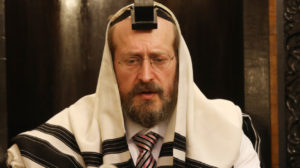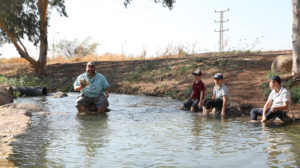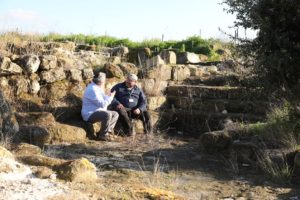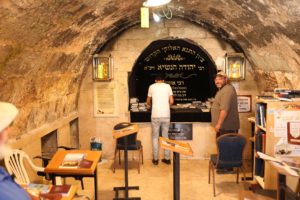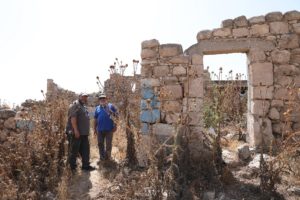Swiss Accounts
| November 6, 2019Ten generations ago, in a much less prosperous time, Switzerland’s Jews were restricted to just two outlying villages
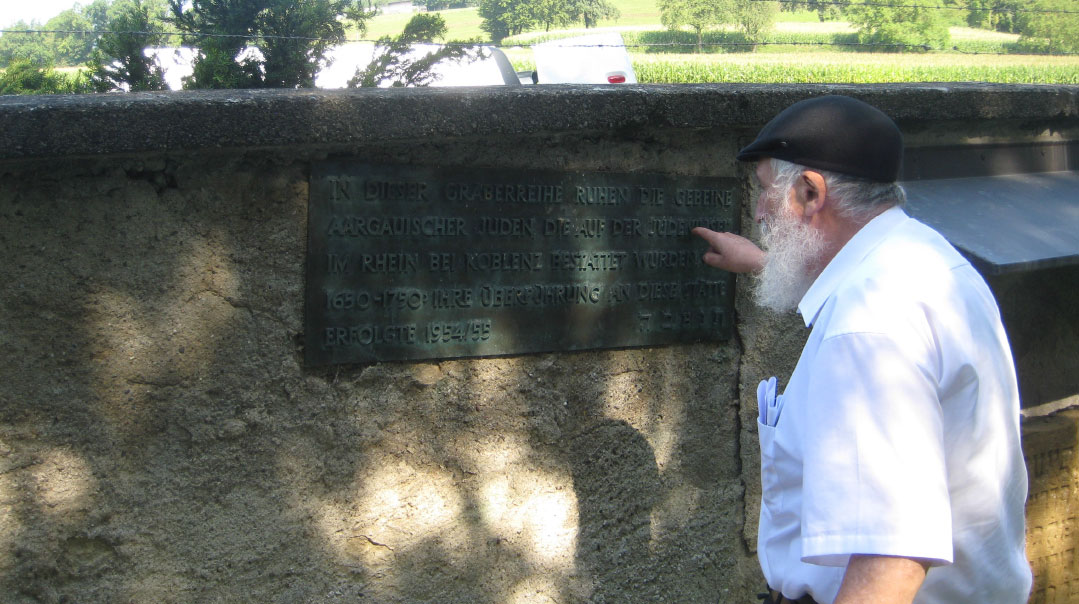
I meet my guide on West Strasse, in the heart of Weidikon, Zurich’s most heimishe neighborhood on a quiet, sunny morning in August. The tightly-knit frum community in Switzerland is both well-established and vibrant today, but Mr. Ushi Bollag, whose family have lived in Switzerland for at least ten generations, will be taking us on a trip back to a less happy and prosperous time: Just two hundred years ago, Swiss Jews were allowed to live in two villages only. An hour’s drive from Zurich, we get to see, touch, and hear the fascinating story of Endingen and Lengnau.
Early Days of Death
Jewish history in Switzerland actually goes much further back than the last few hundred years, Mr. Bollag explains. During the first half of the 14th century, the community in Zurich was led by a certain Rav Moshe ben Menachem, who was a talmid of Rabbeinu Peretz from Corbeil, one of the last baalei Tosafos. Rav Moshe authored Hagahos on the SeMaK (Sefer Mitzvos Hakatan, also sometimes known as the Amudei Golah) known as SeMak MiZurich.
The house of Rav Moshe’s mother, Frau Minna, is still visible in Zurich’s old city. A very wealthy woman, she lent money to the noblemen of the surrounding region of northern Switzerland. As our car drives through the outskirts of Zurich, alongside the River Limmat, Mr. Bollag describes to us the inscriptions in her house: “On the walls of the main reception room, archaeologists found Hebrew inscriptions and the coat of arms of surrounding nobles. They consulted a Jewish historian, Dr. Erich Hausman, and he discovered, written out in alef-beis, the names of various noblemen written in Hebrew next to each one’s coat of arms.”
But the Jewish communities that existed all over Switzerland came to a cruel and tragic end. In 1348–1349, the Bubonic Plague — the Black Death — swept across Europe. The death rate among Jews was very low, due to their scrupulous laws governing hygiene, and this provided enough “proof” for the gentiles to claim that the Jews were spreading the disease. Rav Moshe and his yeshivah students were rounded up in the town square and burned publically al kiddush Hashem on 3 Adar Beis 5109, February 23, 1349. Similar blood libels took place in other Swiss cities such as Bern, Basel, and Schaffenhausen. Jews were either killed or expelled and did not return for some centuries. A plaque in the old city of Zurich details where the Jews of the time were killed. Mr. Bollag tells us about his intervention to have the wording of the plaque changed. “They wrote ‘this is where the Jews died.’ I wrote to City Hall: They didn’t die — they were murdered. And they rephrased the plaque.”
But the old Judengasse of Zurich will have to wait for another day. Today we’re on the way to see and hear the stories of the Jews who settled in Switzerland from the 17th Century and on.
A New Start
It was a forward-thinking landowner, the Graf of Baden, who allowed Jews back onto his lands in the early 1600s. His plan was that the Jews would help develop the local economy. The Jews, many of whom came from Alsace-Lorraine (then disputed territories on the French/German border) were permitted to settle in two villages, Lengau and Endingen. They were guaranteed safe haven, and in return, had to pay various taxes to the Graf, including “shutzgeld”— protection money. “There is some disagreement as to where the Bollags, my ancestors, came from,” he says. “Either from Poland, in which case the name is a corruption of ‘Pollak,’ or from Elzas [Alsace].”
Mr. Bollag explains that it was not the Graf but his successors who later enforced harsh discriminatory laws against the Jews, including a curfew that required them to be back in the two village every night and never stay elsewhere, making business travel almost impossible. Most professions and businesses were closed to them, forcing them to become money lenders or sell animals. If they lived in the same apartment house as non-Jews, separate entrances were built for the Jews. They were not allowed to bury their dead in Switzerland.
These laws were in force until approximately 1874, when international pressure initiated by Jews in France and the United States persuaded Switzerland to stop oppressing its Jews. It is surprising to learn that Switzerland was one of the last Western European countries to grant full freedom and equal rights to Jews. The only ones later were Spain and Portugal.
Oops! We could not locate your form.
